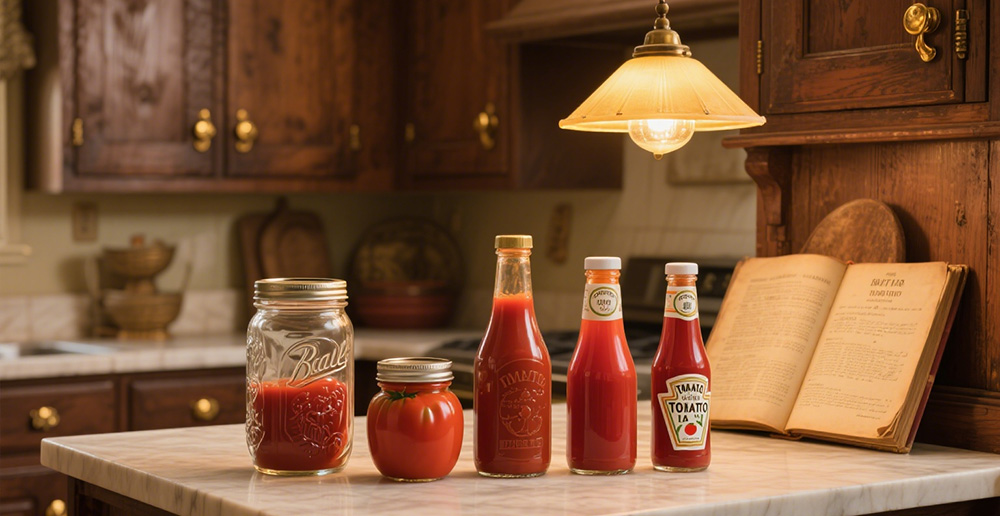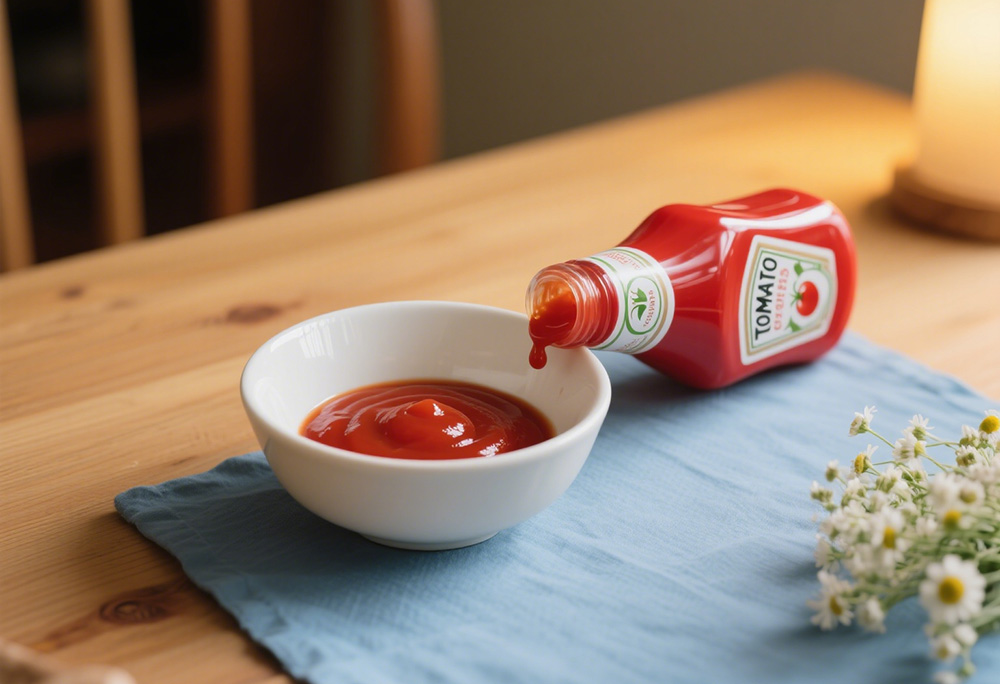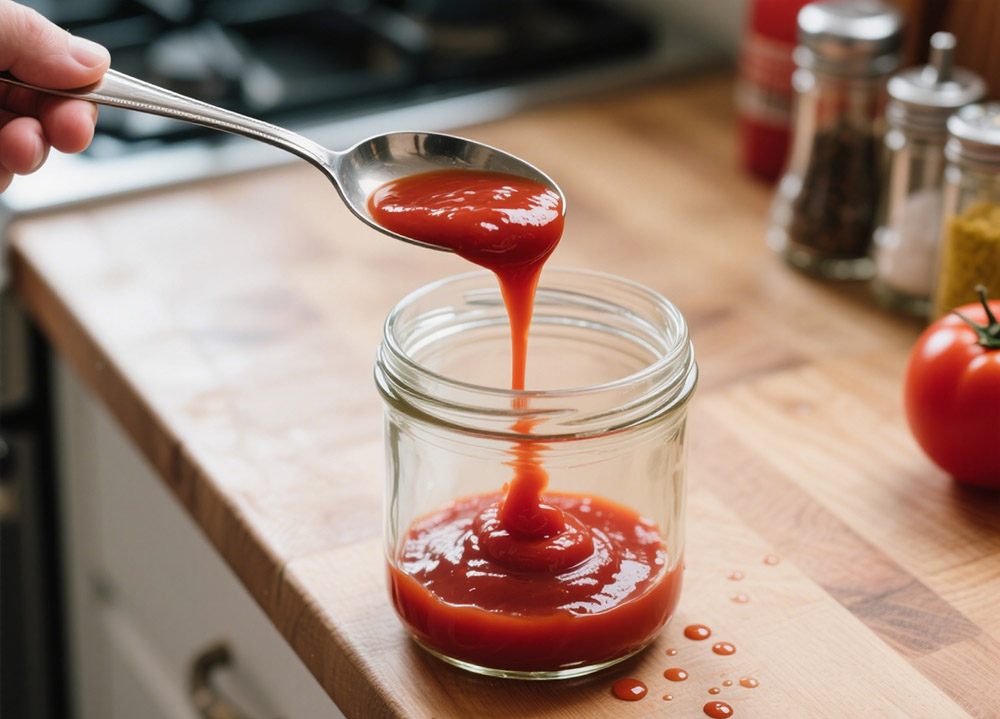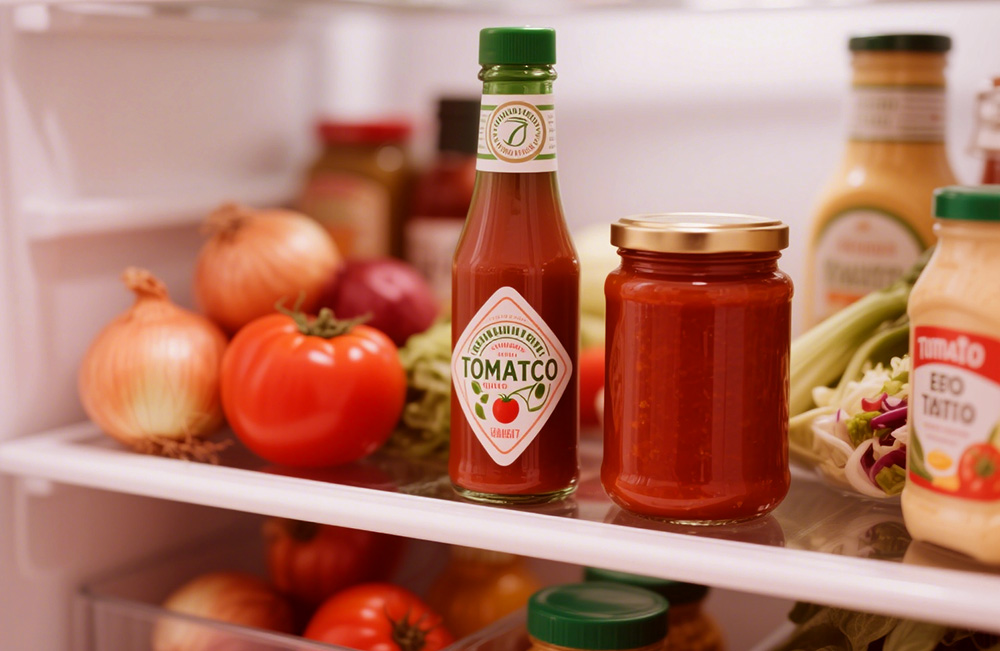Shelf Life of Tomato Sauce:Everything You Need to Know
Picture this: You’re about to whip up a delicious pasta dish, but then you pause, staring at that partially - used can of tomato sauce in your pantry. Doubts flood your mind - is it still good to eat? Or perhaps you spent hours lovingly making a big batch of homemade tomato sauce, only to be left wondering how long it will stay fresh. These concerns about the shelf life of tomato sauce are shared by many, and understanding the answers is essential for both your health and your wallet. In this in - depth blog post, we’ll explore the factors that influence tomato sauce’s shelf life, reveal effective ways to preserve this kitchen staple.

Why Shelf Life Matters
Health & Safety
Spoiled tomato sauce can harbor dangerous bacteria like Clostridium botulinum or Listeria monocytogenes, putting consumers at risk of foodborne illness.
Cost & Waste
Discarding sauce that went bad before it could be used means wasted ingredients, money, and time.
Flavor & Nutrition
Over time, acidity drops, color dulls, and valuable nutrients such as lycopene degrade, resulting in a bland taste.
Factors Affecting Shelf Life of Tomato Sauce

Shelf Life: Industrial vs. Homemade Tomato Sauce

Unopened industrial tomato sauce, produced with the help of sauce filling machines, has an impressively long shelf life. When stored in a cool, dry pantry, a can of tomato sauce can last for 18 to 24 months. This extended shelf life is due to the combination of preservatives, advanced processing methods, and airtight packaging. Once opened, if transferred to an airtight container and refrigerated, it can remain safe to consume for about 5 to 7 days. Some industrial tomato sauces in resealable pouches can also stay fresh for a few days after opening, provided they are properly sealed and refrigerated.
Homemade Tomato Sauce
Effective Preservation Tips

